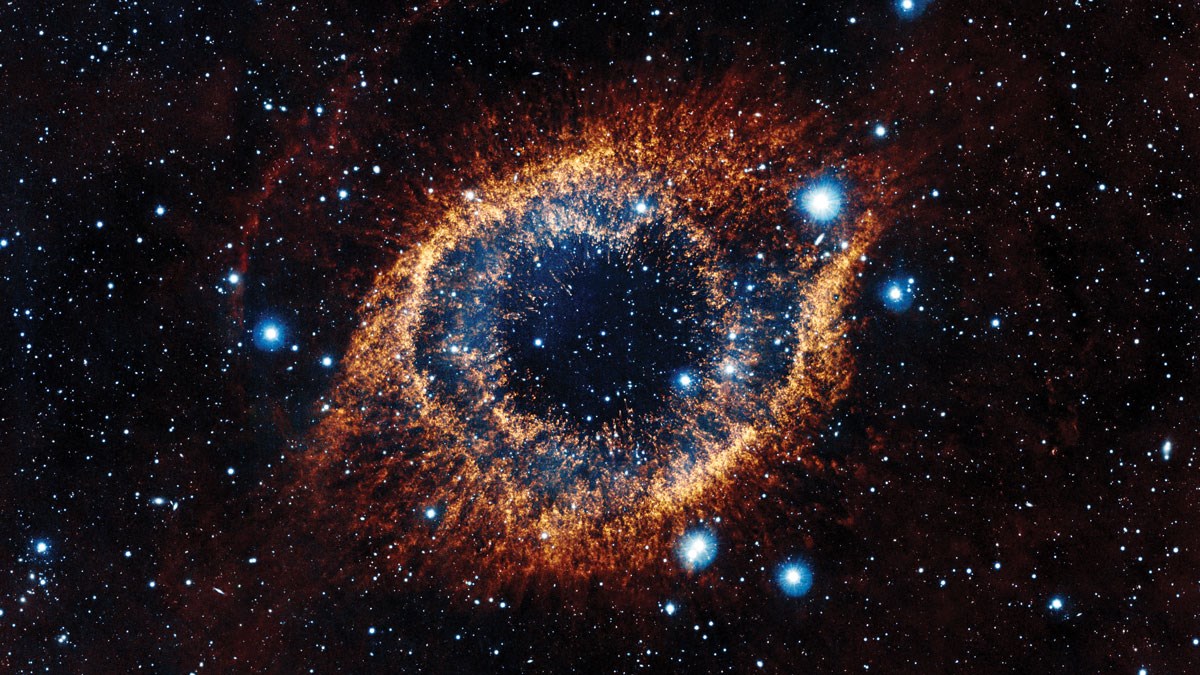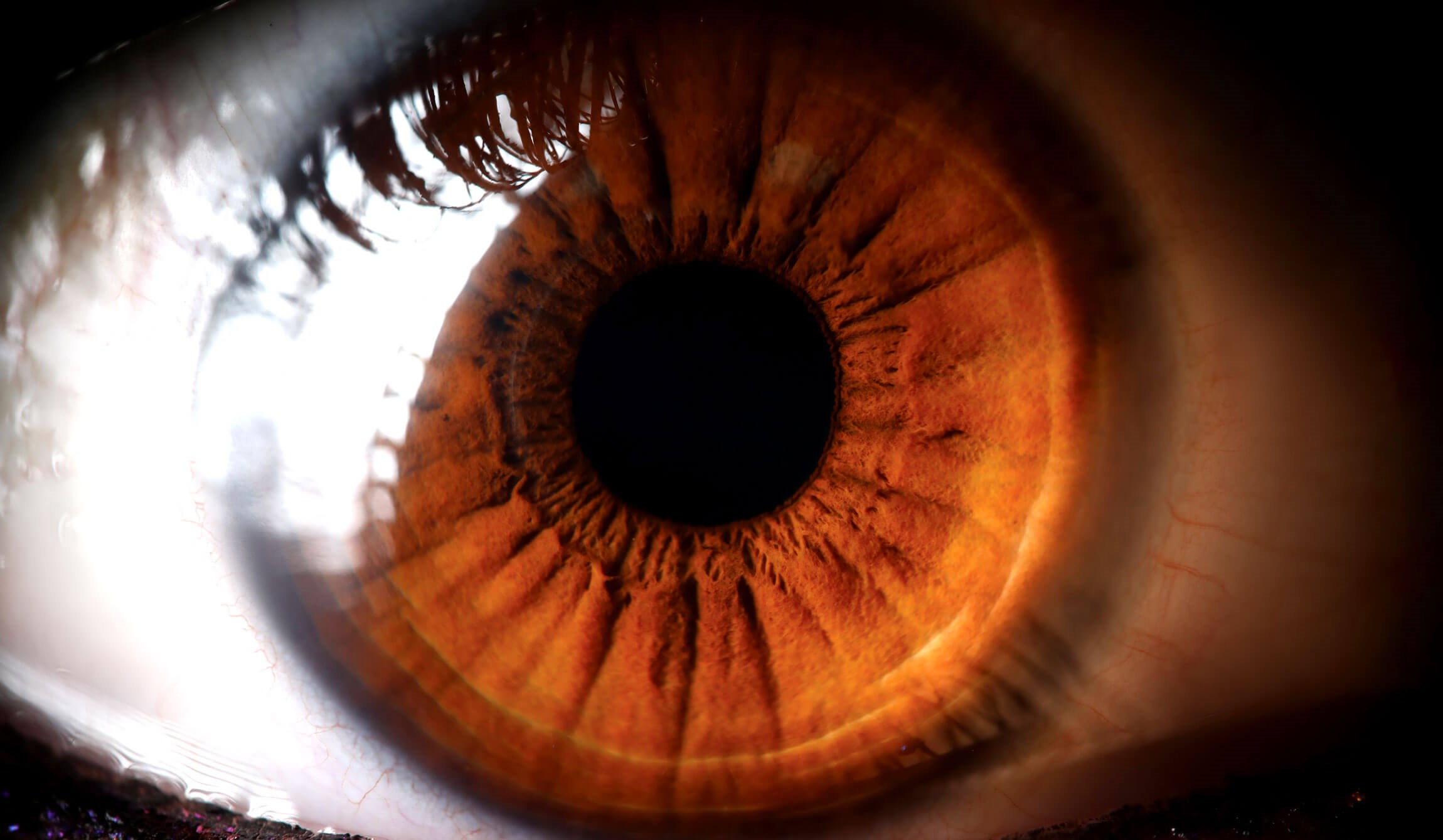The year 2022 was a wonderful experience of travelling through starry nights, when passing by the beaches of Tel Aviv by road, flying over the Swiss Alps in Switzerland by air and walking through the Sand Dunes and streets of the kingdom of Saudi Arabia.
Whilst on an open boat or on a car road trip, we could not help but notice the sparkle of the starry nights across these world destinations, reminding us of the glistering stars during the nights we had spent in the Dubai waters at Atlantis, or in the airy night breeze of Bulgaria or during the red-sky sunset in Istanbul, Turkey. There, the early onset of shimmering stars was seen shining over the famous Bosphorus cruise, with the sound of dolphins playing nearby, awakening the nightfall yet to come. Our memories continue to cast to our night walks on Herm Island sitting across Guernsey. Sometimes the stars would hug there too, high above us, coming together to sparkle and form visual notions in the darkness of the night sky. We would listen to that song by Coldplay – “a sky full of stars”.
How significantly beautiful it was, for us to see astronomy and its magical counterparts, almost making extraordinary scenes in the sky for a naked eye to see! We marvelled over the beauty of luminous star pictures in old library books and magazines on world tours, of the small to large stars hanging high above us, furthermore, embraced in the galaxies and universe beyond, displayed on earth in books and museum exhibitions, a delight for us to see on our holiday trips. Reflections of stars in our eyes from walking through dimly lit exhibition corridors, displaying detailed images of bright stars in digital mode all around us.

Helix Nebula

Human Eye
One camping night, as we studied the stars on quad bikes, riding through the sand hills in Medina, going through the mountains high and low, we saw amazing shooting stars, shimmering in bright lights through the dark night. We sat down over a barbecue dinner to explore with a telescope, and further looked on Google Images at the miracles of the Helix Nebula resembling a human eye.
We were fascinated with image after image of the beauty of the Helix Nebula in both infrared-visible light comparison of views and marvelled at how much it resembled in the finest of artistic images and drawings correlating to the human eye. The Helix Nebula appears like a giant eye in outer space. So, how does the Helix Nebula look like an eye? Well, you see the structure in the Nebula’s rings. The infrared lights, the material clumps that radiate and the whole view resembling a celestial firework or giant eye. One may even ask; why are human eyes said to resemble the likes of space galaxies? Simply it’s because the eyes have black holes made to absorb light and send information to the brain to have an awareness of the surroundings. Similarly, galaxies may well be held together by massive black holes that perhaps are also made to absorb light and work in motions.
We quickly learnt how popular astrophotography has become and how easy it was to capture pictures of the moon, simple star trails and celestial objects. So, next time you pack for a holiday, remember to pack that special camera and telescope for to enjoy capturing your first picture of the night sky!
COMMENTS ARE WELCOME





